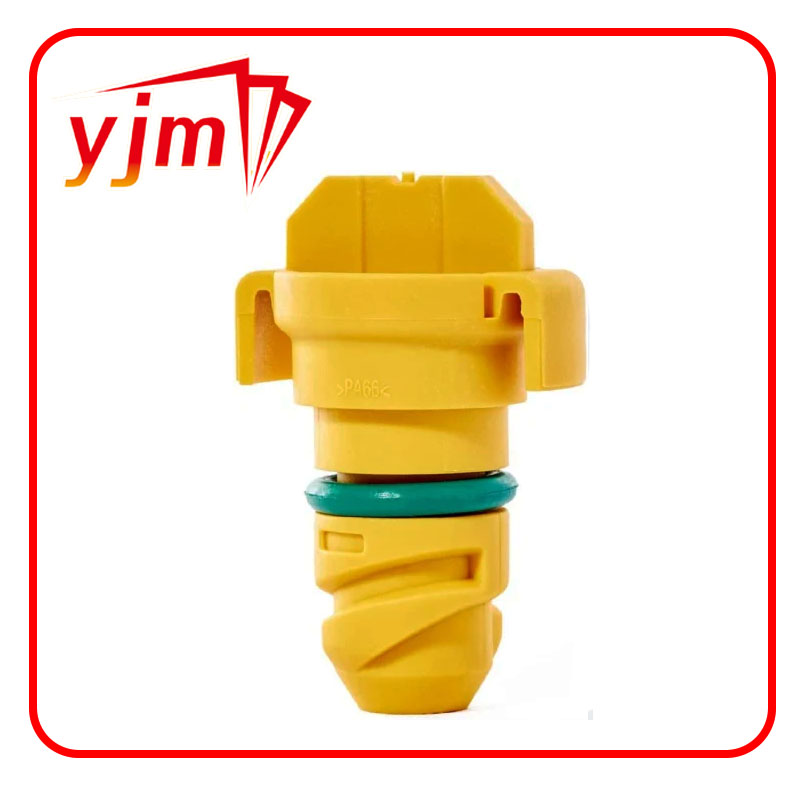drive shaft seal
Understanding Drive Shaft Seals A Critical Component of Vehicle Performance
Drive shaft seals play a crucial role in maintaining the performance and longevity of vehicles. These seals, often overlooked during regular maintenance checks, protect key components from dirt, debris, and fluid leakage. In this article, we will explore the functions, types, and maintenance of drive shaft seals, emphasizing their importance in automotive engineering.
What Are Drive Shaft Seals?
Drive shaft seals, also known as axle seals or differential seals, are rubber or metal components designed to prevent the leakage of fluids and to keep contaminants out of critical areas in a vehicle's drive system. They are typically located where the drive shaft exits the transmission and where it connects to the differential. By providing a reliable barrier, these seals contribute to the overall health of the vehicle's drivetrain system.
Functionality of Drive Shaft Seals
The primary function of drive shaft seals is to contain lubricating fluids such as engine oil and grease within the drivetrain components. A well-functioning seal prevents oil from leaking out while simultaneously keeping harmful elements like dirt and moisture from entering. This is particularly important since even a small amount of contamination can lead to significant issues, such as increased wear on gears and bearings, reduced efficiency, and ultimately, costly repairs.
Additionally, drive shaft seals help maintain pressure within the drivetrain, ensuring that lubrication reaches all necessary parts effectively
. This pressure balance is vital for optimal performance, especially in high-performance vehicles or those that regularly operate under extreme conditions.Types of Drive Shaft Seals
Drive shaft seals come in various types, each designed to cater to specific applications or environments. The most common types include
1. Single Lip Seals These are the most frequently used seals in automotive applications. They consist of a single lip that presses against the shaft to create a seal. Single lip seals are effective in preventing fluid leakage but might allow some dirt ingress.
drive shaft seal

2. Double Lip Seals Offering enhanced protection, double lip seals feature an additional lip that provides a second line of defense against contaminants while also preventing fluid loss. These seals are ideal for harsh environments.
3. Spring-Loaded Seals These provide added pressure on the sealing lip to maintain contact with the shaft even in high rotation speeds. They are particularly useful in applications where shafts experience considerable vibration and movement.
4. Hermetic Seals Used in more specialized applications, hermetic seals provide an airtight barrier, preventing any fluid or gas from escaping. They are typical in high-performance or precision machinery.
Maintenance and Replacement
Proper maintenance of drive shaft seals is essential for ensuring vehicle longevity and performance. Regular inspections should include checking for signs of leakage, wear, or damage. Common symptoms of a failing drive shaft seal include grease or oil spots on the ground where the vehicle is parked, unusual noises coming from the drivetrain, or a noticeable decrease in fluid levels.
If a seal is found to be compromised, it is crucial to replace it promptly. Driving with a faulty seal can lead to more severe damage within the drivetrain system, necessitating expensive repairs or even complete component replacement.
When replacing a drive shaft seal, it’s vital to choose high-quality components that meet the manufacturer's specifications. Proper installation is equally important to ensure the effectiveness of the seal and to avoid future leaks.
Conclusion
Drive shaft seals may be small components, but their role in vehicle performance cannot be underestimated. By preventing fluid leaks and contamination, they help maintain the integrity and functionality of the drivetrain. Car owners should prioritize regular inspections and timely replacements of drive shaft seals to ensure optimal vehicle performance and longevity. Remember, a little bit of preventive maintenance today can save you from substantial repair costs down the road.
-
Understanding the Front Main Engine Seal: Purpose, Maintenance, and Installation
News Jul.29,2025
-
Understanding O-Rings and Seal Rings: Types, Applications, and Custom Solutions
News Jul.29,2025
-
Understanding Crankshaft Oil Seals: Rear Seals, Pulley Seals, and Their Role in Engine Integrity
News Jul.29,2025
-
The Importance of Front and Rear Crankshaft Seals in Engine Performance and Oil Management
News Jul.29,2025
-
Crank Oil Seals: Functions, Types, and Cost Considerations in Engine Maintenance
News Jul.29,2025
-
A Comprehensive Guide to O-Rings and Seals: Types, Materials, and Global Applications
News Jul.29,2025
-
Mastering Diesel and Performance Engine Maintenance: A Guide to Critical Oil Gaskets
News Jul.28,2025
Products categories















